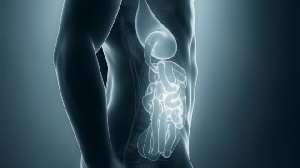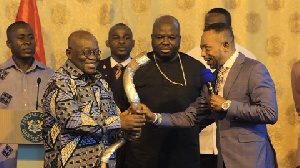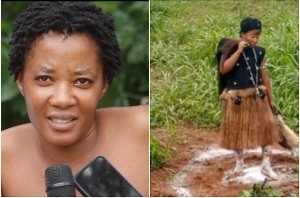There are a number of body parts that do not serve any purpose in our bodies anymore. Yes, “anymore” because they were once useful to our ancestors but because of evolution, they’re now just there, doing nothing.
They aren’t exactly “useless” as some people like to refer to them, but these vestigial organs help us know our evolutionary background. We wouldn’t know nearly as much about macroevolution as we do now without their presence.
Here are 5 body parts which currently serve no purpose in the body.
The Appendix
This is one of the commonly known vestigial organs. The Appendix is believed to have helped our ancestors digest plants rich in cellulose. Currently, people aren’t clear of its use. Some people think that it acts as a storehouse for good bacteria. It is however prone to painful inflammation called appendicitis and when this happens, it has to be removed.
Auricular muscles
Auricular muscles are another set of muscles that animals still use daily but which humans don’t need. These muscles control the visible part of the ear – but we’ve lost the ability to as we don’t need to prick our ears to sound, we can turn our heads as our necks have grown more flexible.
Some people can wiggle their ears as a party trick, but cock their ear to sound? Not so much. Your dog can, and your cat. But not you. Nor, interestingly, chimps.
Wisdom teeth
Our ancestors, known to be herbivores, needed strong molars for mashing up and chewing plant material. This relic is why many of us will develop wisdom teeth, also known as third molars. Theoretically, they could still be used for chewing, but in one-third of people, they can come in sideways, impacted, or can cause pain and infection. This is why these vestigial structures are almost always removed when they begin to come in.
Human tail (Bone)
Human embryos develop a tail between five and eight weeks after conception. The tail vanishes by the time humans are born, and the remaining vertebrae merge to form the coccyx or tailbone. Tailbones helped our ancestors with mobility and balance, but the tail shrank as humans learned to walk upright. The coccyx now serves no purpose in humans.
Third eyelid
The human eye. The plica semilunaris is a vestigial third eyelid. Photo: Alamy
The plica semilunaris, or third eyelid, is a fold of tissue found on the inside corner of your eye – next to the tiny bump you can see there. It looks a little like the membranes that some animals can draw across their eyes to protect them and help keep them lubricated – often especially evident in birds. Our little tiny leftover plica semilunaris is a vestigial hangover of the same thing.













